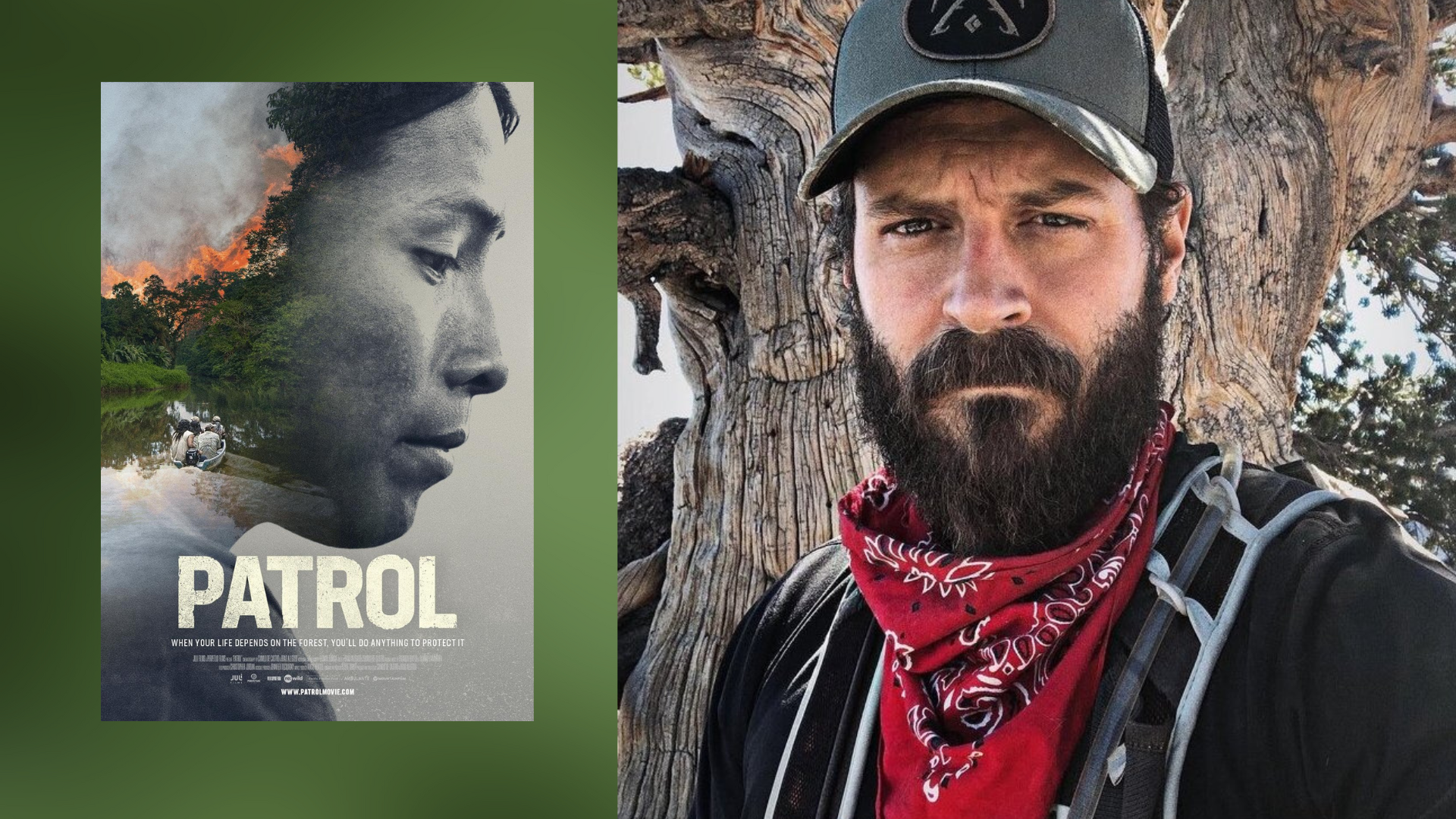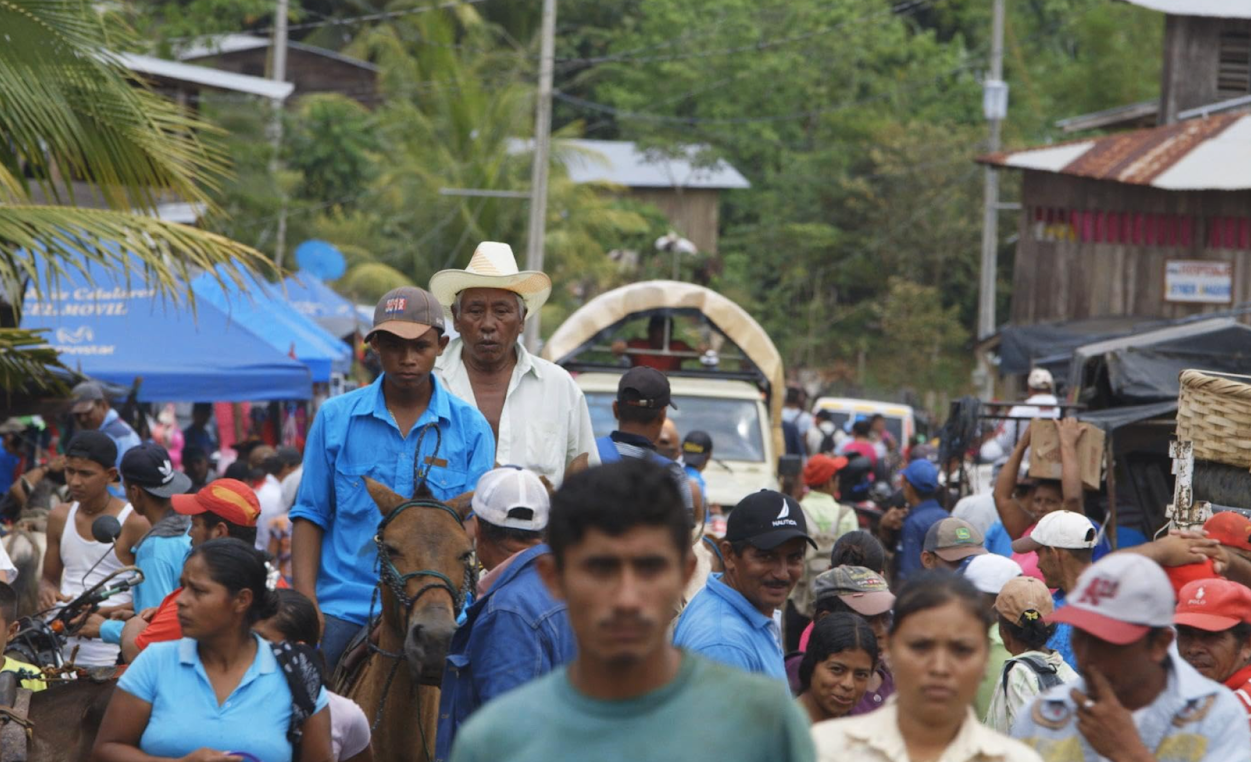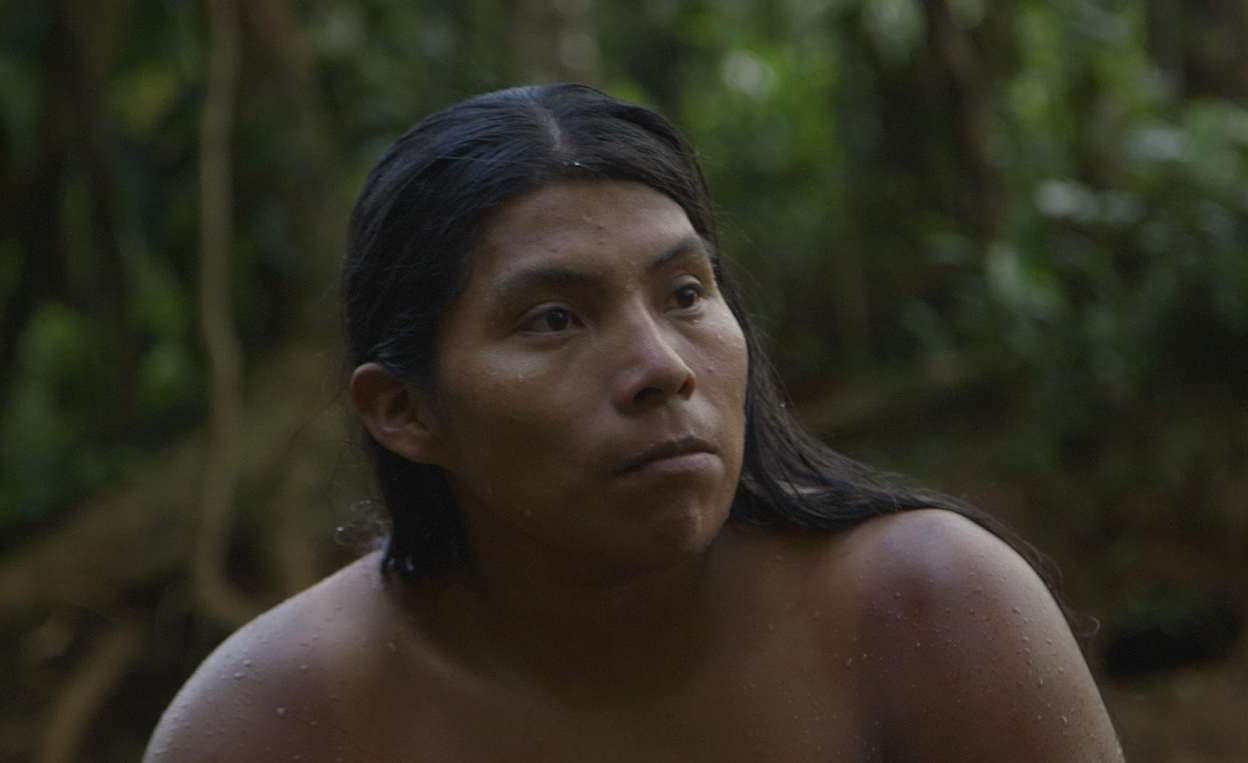NEWS

Filmmaker Interview: Brad Allgood
Patrol documents the fight of indigenous and Afro-descendent forest rangers in Nicaragua to protect their ancestral lands.
Co-director and producer Brad Allgood speaks with Film Pittsburgh about unexpected disasters while filming in the jungle, his personal approach to documentary filmmaking, and more.
Film Pittsburgh will host the Pittsburgh premiere of Patrol on Thursday, August 1, 7:30 PM at the Harris Theater, followed by a Q&A with co-director Camilo de Castro, film subject Armando John Mcrea, and field producer Christopher Jordan. Get tickets here.
Allgood, an accomplished documentarian, has a passion for telling stories that resonate with audiences on both emotional and intellectual levels. His newest feature, Patrol, which he co-directed with Camilo de Castro Belli, documents the tireless efforts of the Rama and Kriol rangers as they patrol and protect the Indio Maiz Biological Reserve.
Film Pittsburgh asks Allgood a few questions about the documentary and his career.
Film Pittsburgh: Can you describe your filmmaking process for Patrol? How did you plan and execute the filming in such challenging and remote locations?
Brad Allgood: From a production standpoint, we had to keep the footprint as small as possible. There was no crew – Camilo and I filmed and ran audio. We had no electricity while in the jungle, so we had to prepare for that by taking extra batteries (more weight) and more cards for the cameras. We couldn’t back up media either. And since we were all carrying gear + food + supplies in canoes and backpacks, we had to keep our gear very basic and light.
The most important element, however, was working hand-in-hand with the Rama and Kriol rangers and their communities. We were embedded with the rangers on their patrols and stayed with them in their communities. They are true survivalists and adventurers who know the jungle and how to survive there. Without them, we would not have been able to make this film.

FP: What were some of the most unexpected moments or discoveries you encountered during production? How did these impact the direction of the documentary?
BA: The most unexpected moment was Hurricane Otto in late 2016 while we were filming in the Indio Maiz Reserve. In late November, we headed into the jungle with the Rama and Kriol Rangers who were patrolling their territory and collecting information on illegal settlers and ranchers. On the evening of day 5 of the patrol, we turned on our Garmin InReach and received a flood of messages warning us that a hurricane was heading straight for us. We had no idea that bad weather was in the forecast – when we had departed, the sun was shining and there was no indication that we were in any danger. However, in those five days, a small depression had converted into a Category 2 hurricane and was bearing down on us. We could not coordinate an evacuation because the hurricane was already upon us, and exiting the jungle was impossible.
On Thanksgiving morning, as the wind and rain intensified, we hunkered down behind a fallen log, and protected ourselves with a piece of plastic, shivering in the wind and rain. We were all quite emotional – not from fear or the danger – but from watching as this beautiful, untouched forest was ripped apart in a matter of minutes. It was just so sad, and we knew it would change the trajectory of everything – the lives of the Rama and Kriol, the wildlife, and the ability to prevent more illegal settlements in the reserve.
From a story perspective, we had to reevaluate our narrative assumptions about how the story would unfold and be structured, and it was evident that we would likely use the hurricane as the plot point that turned the story from Act I into Act II. And with a wounded forest, the stakes were raised since it was then easier for ranchers to clear the land with so many trees on the ground.
FP: Working on a project over several years requires a great deal of commitment. How did you keep the momentum going throughout the production of Patrol?
BA: I was enamored by the beauty and wildness of the Indio Maiz Reserve. It really is a special place. It’s also a biodiversity hotspot and critical for regulating regional climate. Knowing what is at stake if ranchers and settlers keep invading the reserve has been enough to motivate me personally – as well as the commitment of the Rama and Kriol rangers who are working tirelessly and thanklessly to protect their ancestral lands.

FP: As a seasoned filmmaker, what advice would you give to aspiring documentarians who are just starting out in the industry?
BA: Tell stories about what you know and what you’re passionate about. Start small, make a few shorts and learn the process. The best teacher is experience. If you want to be a better documentary cinematographer, edit the material that you shoot, and you’ll learn to shoot better. Learn storytelling/writing tricks from the pros that make stories interesting, e.g. story turns, valence shifts, arcs, etc. Understand structure, pacing and rhythm. Watch some movies, and those that make you emotional, break them down and understand why. Don’t get caught up with fancy gear – the best camera is the camera that you have in your hand. From a financial perspective, try to find funding upfront (it’s hard); don’t expect to make your money back or profit from your endeavors. If you manage to break even, you are ahead of the curve.

FP: What is your favorite documentary, and how has it influenced your own approach to documentary filmmaking?
BA: My favorite documentary is a film called Baraka that was made in the early 1990s. It’s a non-verbal, non-narrated visual exploration of humanity’s connection to the eternal, shot on 70mm film in over 20 countries over the course of a year and change. It’s visually stunning and emotionally impactful. I was moved when I saw it in college, and so many of the scenes have stuck with me over the past 25+ years, especially the emotion in the visages of the snow monkeys, the rhythm and movement of the Balinese monkey chant, and the stunning landscapes and timelapses. In my films, I try to engineer emotional moments through visual juxtapositions, colliding images and movements, pacing and rhythm changes – and I attempt to make the visuals tell the story where possible, rather than have wall-to-wall dialogue.
Join Film Pittsburgh for the Pittsburgh premiere of Patrol at the Harris Theater this Thursday, August 1, followed by a Q&A with co-director Camilo de Castro, film subject Armando John Mcrea, and field producer Christopher Jordan. Get your tickets on our website today!
Supporting local filmmakers like Brad Allgood is crucial for nurturing the independent film community. Film Pittsburgh plays a pivotal role in providing platforms and opportunities for these talented individuals. We encourage everyone to attend local film festivals, support indie filmmakers, and engage with Film Pittsburgh’s programs.
Written by Zoe Xandra, Film Pittsburgh Social Media and Marketing Intern
Visit the film’s official website PatrolMovie.com to learn more about the project and how you can contribute to stopping deforestation, and follow them on Instagram @patrolthemovie.
All images featured in this article courtesy of the Patrol filmmaking team.